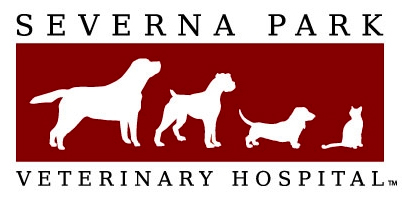Veterinary Services
At Severna Park Veterinary Hospital, we prioritize comprehensive care, ensuring the well-being of your beloved pets with dedication and compassion.
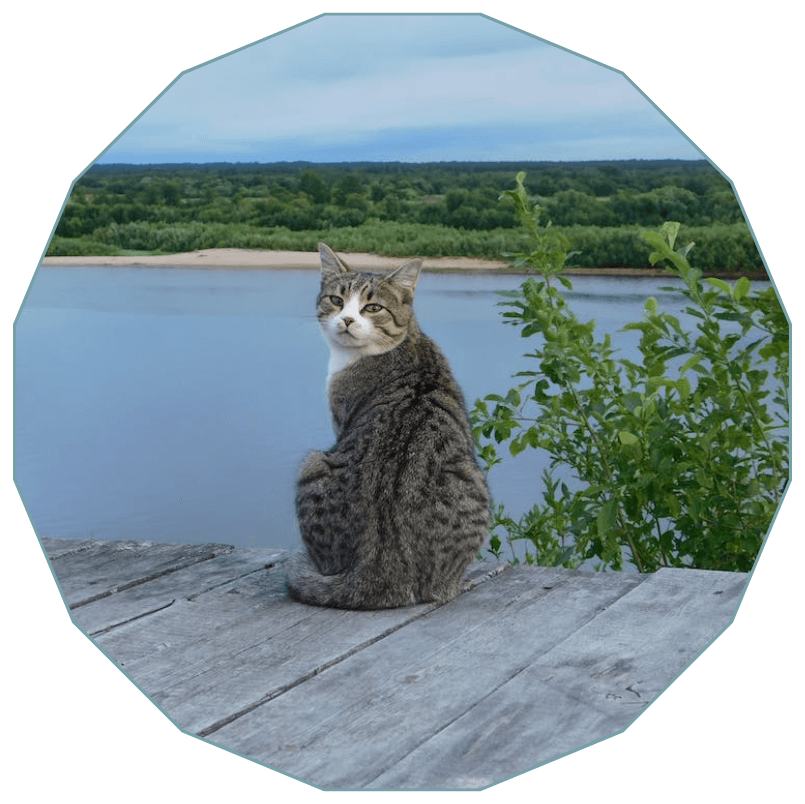
Expert Pet Care at Severna Park Veterinary Hospital
At Severna Park Veterinary Hospital, our commitment to expert pet care services reflects our dedication to the well-being of your cherished companions. Our professional team offers specialized treatments, compassionate end-of-life services, and more. Whether it’s puppy and kitten care, senior wellness, surgery, diagnostics, or other essential services, we prioritize delivering high-quality care throughout your pets’ lives. Trust us for personalized and comprehensive pet care tailored to the unique needs of your furry family members.

Our Veterinary Services
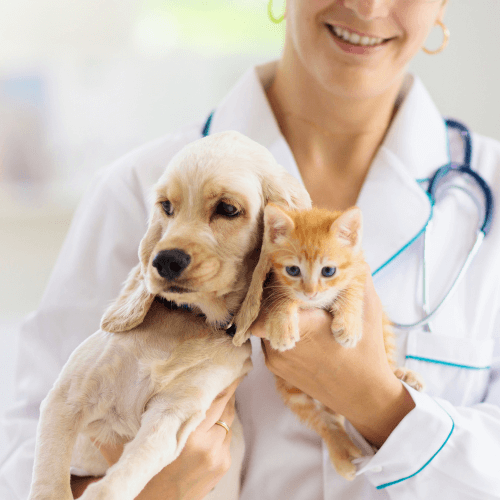
Puppy and Kitten Care
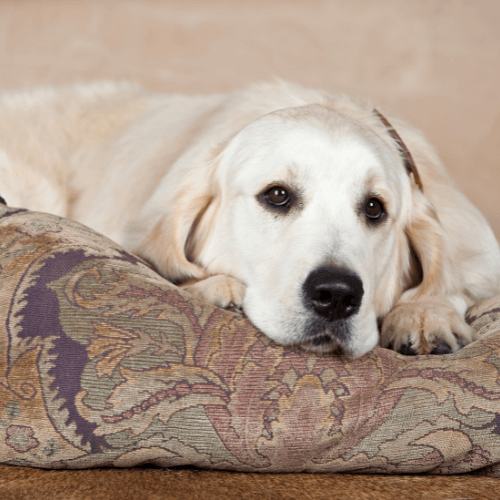
Senior Pet Wellness
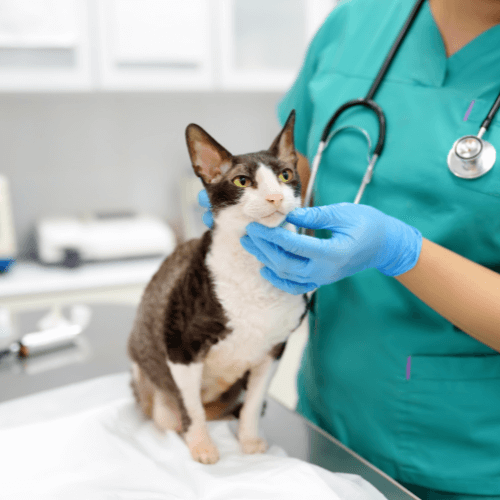
Pet Preventative Medicine
Cost-effective and reliable pet healthcare, focusing on vaccinations, parasite prevention, nutrition, and routine screenings.

Pet Urgent Care
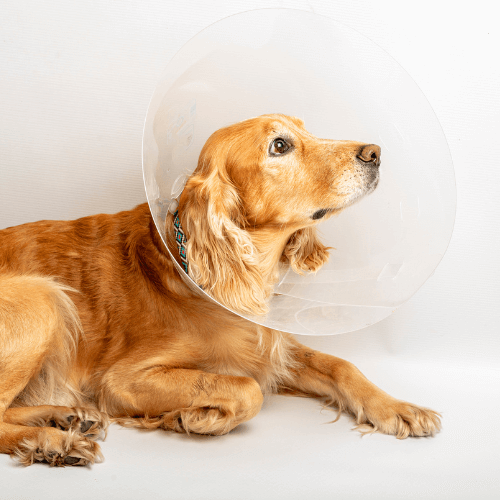
Pet Surgery
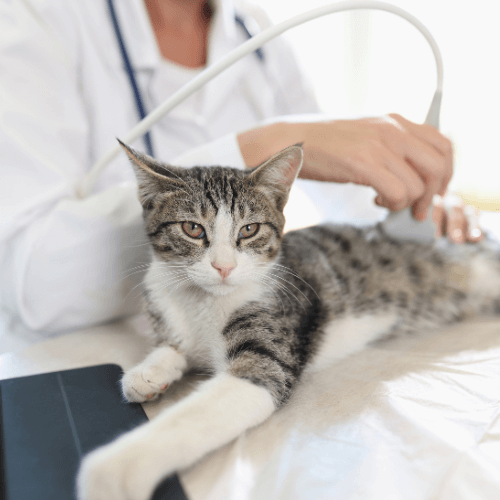
Pet Ultrasonography
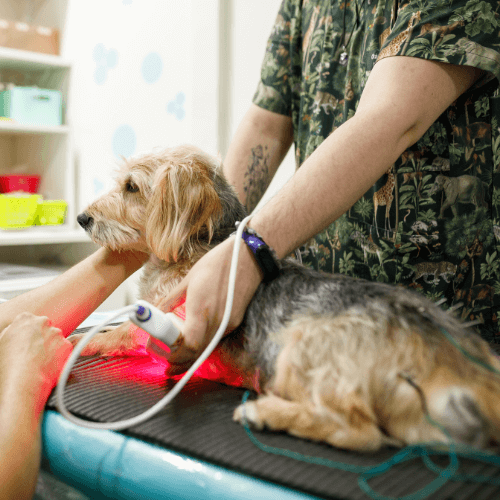
Pet Laser Therapy
Non-invasive treatment promoting healing, reducing inflammation, and aiding post-operative recovery, available for various chronic conditions.
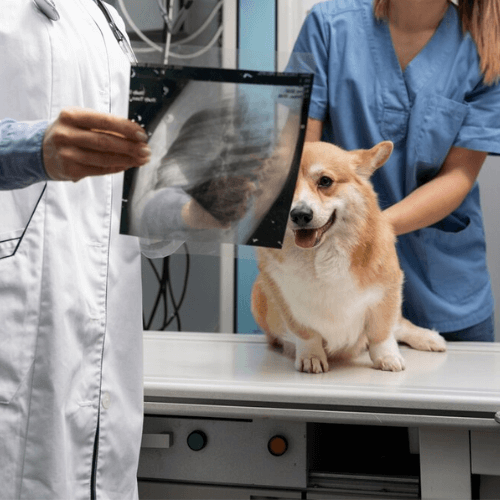
Pet In-house Diagnostics
Modern tools for early diagnosis, including digital x-rays, blood pressure monitoring, ultrasonography, and critical care blood analysis.
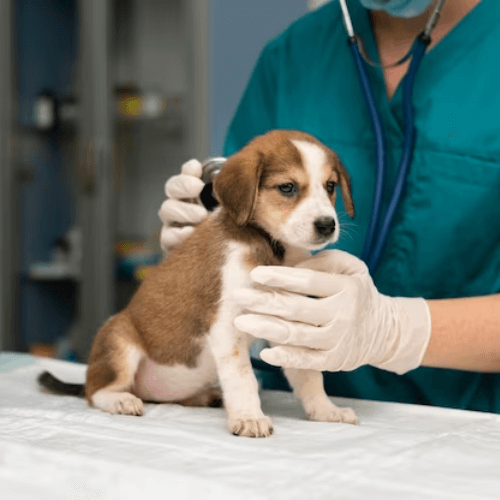
Pet Vaccinations
Vaccines prevent diseases, stimulate immunity, and safeguard pets. Timely series and vet consultations ensure effective preventive care for your furry companions.
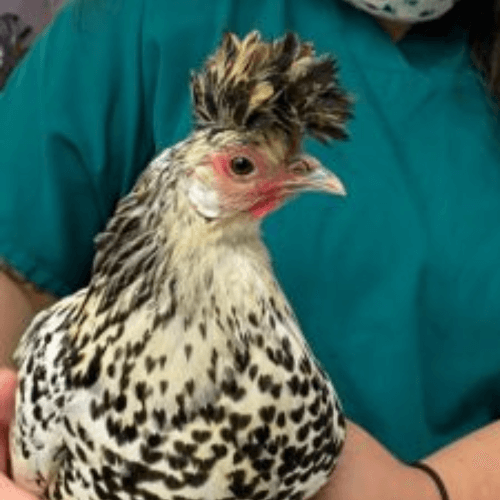
Poultry Consultation
Specialized advice from Dr. Jessica Heard on poultry health, covering basic husbandry to treating sick and injured feathered friends.
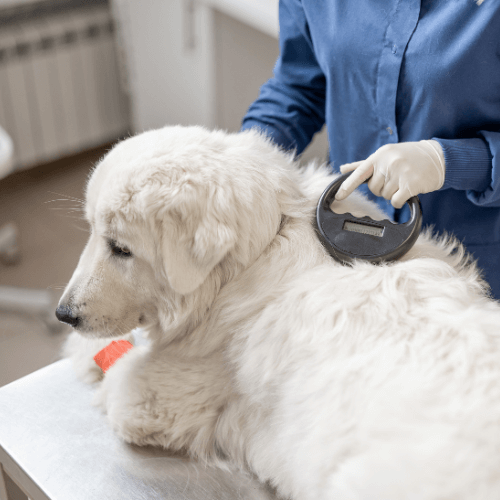
Pet Microchipping
Expert implantation ensures secure pet identification. A small chip is embedded for lifelong traceability in a simple and painless process.
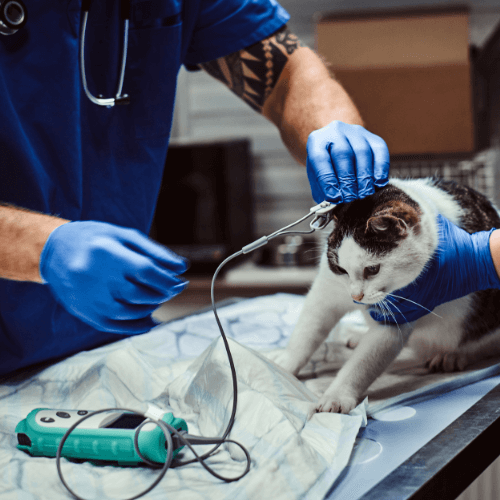
Pet Blood Pressure
Regular blood pressure checks detect early signs of common diseases like kidney and heart issues, promoting timely intervention.
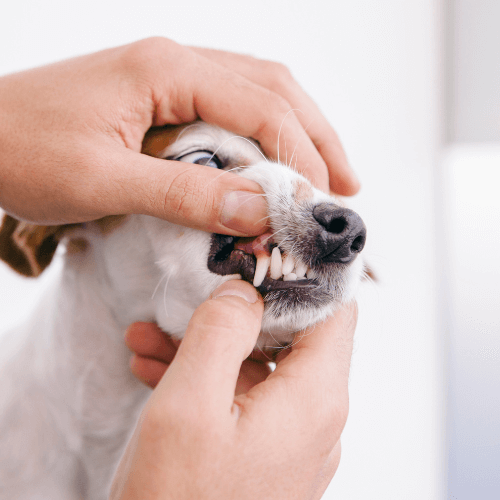
Pet Dental X-rays and Surgery
Comprehensive oral health assessment, treatment under anesthesia, and post-surgery support for optimal dental care and overall well-being.
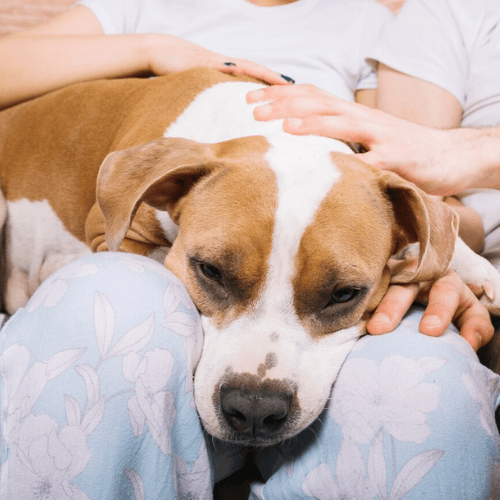
Pet Euthanasia and End-of-Life Care
Compassionate services offering quality of life assessments, gentle sedation, and supportive options. Our guidance helps pet owners navigate difficult decisions with care and understanding.
